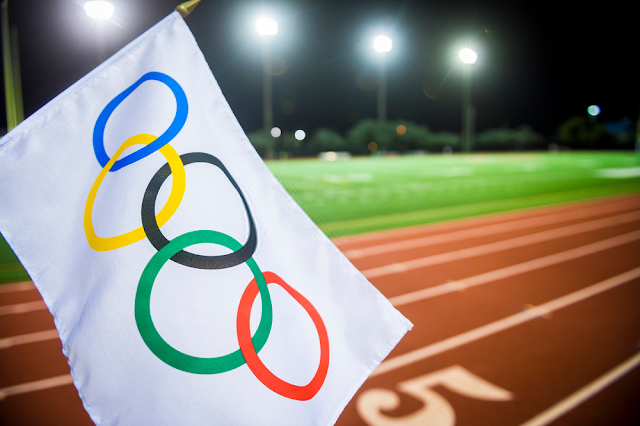How technology is changing contact sports

Contact sports technology has developed in a very special way in recent decades, and especially in recent years. Much of the technology becomes portable and wireless, and data is often shared with trainers, coaches, and sports scientists in real time. This has supported the transition of technology from laboratory settings to practice fields, courts and, in some cases, official sports competitions. A current example is a partnership between Adidas and Major League Soccer in the US, where the Adidas MiCoach system has been approved and is currently being used by all MLS teams during training and official competitions to track the hearts of athletes rate, speed, jump height, distance ran and other data. This has been made possible by the use of miniaturized GPS, gyroscopes and accelerometers embedded in a small system housed in sports jerseys and, in some cases, in their tunnels. This system has also been used by rugby teams in Europe, North America and Oceania. Tracking systems such...





